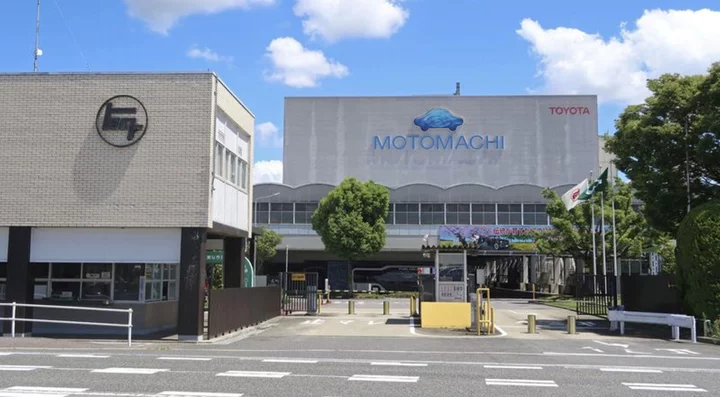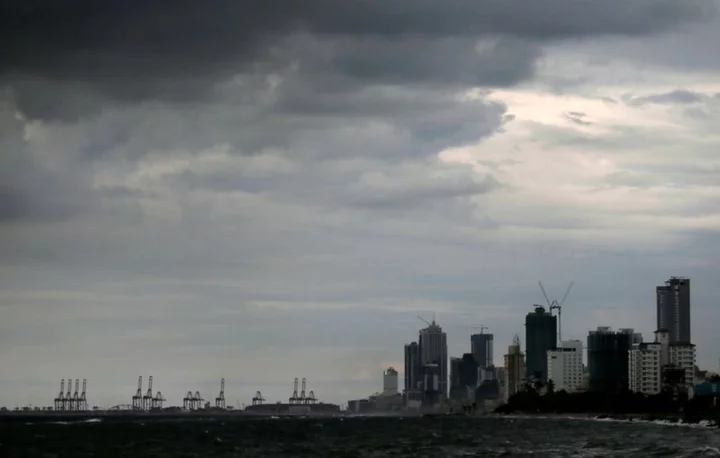Toyota Motor was ramping back production at its Japan-based factories on Wednesday after a computer system processing orders for vehicle parts broke down on Tuesday, forcing the closure of 14 assembly plants.
The disruption shut down a system that is at the core of Toyota's lean manufacturing, a way of reducing inventory and maximising production efficiency that the Japanese automaker pioneered and its rivals have widely adopted.
WHAT HAPPENED TO SHUT DOWN TOYOTA'S PRODUCTION IN JAPAN?
It's not clear what caused the system outage, and Toyota has not provided details on what went wrong. The company said the cause was not a cyberattack.
In February last year, Toyota also had to shut down the same 14 factories in Japan when one of its suppliers, Kojima Industries, which supplies plastic parts and electronic components to Toyota, said one of its file servers had been infected with a virus that carried an undisclosed threatening message.
That attack raised questions about the cybersecurity of Japan's supply chain.
WHAT'S THE IMPACT OF THE ONE-DAY LOSS OF PRODUCTION?
Toyota's production has been recovering this year, so the outage could be potentially more costly than the 2022 shutdown.
Toyota's domestic output was up 29% in the first half of this year, the first such increase in two years. Toyota makes a full range of vehicles in Japan from the budget Yaris to its most expensive models, including luxury Lexus brand cars.
Toyota's production in Japan - about a third of its global output - averaged about 13,500 vehicles a day in the first half of the year, Reuters calculations showed. That excludes vehicles from group automakers Daihatsu and Hino.
Its average global vehicle sale price in the most recent quarter was equivalent to $26,384, based on its financial reporting. Using that as a proxy would mean a full-day of production at the 14 plants would be equivalent to $356 million in revenue.
Toyota has not said how or whether it will look to recoup the lost output.
WHAT IS TOYOTA'S PRODUCTION AND SUPPLIER MANAGEMENT SYSTEM?
Toyota essentially invented modern auto assembly with its "kanban" system for notifying suppliers of what parts are needed where and when to minimize inventory.
"Kanban" means signboard in Japanese, and the Toyota engineer and later executive, Taichi Ono, who developed the system drew inspiration from watching an American supermarket chain, Piggly Wiggly, manage its shelve stock on a trip to the United States in the 1950s.
Toyota's system of lean production and just-in-time parts delivery has been adopted across the auto industry and widely studied. It shifted from a system of printed cards that managed supplier workflow to an internet-based "e-kanban" system more than 20 years ago.
Toyota's kanban system, which relies on simple visual cues to organise workflow, has been adopted for other industries, including software development.
WHAT OTHER PROBLEMS HAS TOYOTA FACED SINCE ITS LEADERSHIP TRANSITION?
Koji Sato took over from Toyota Chairman Akio Toyoda as CEO in April.
In the months since, even as the company looks to overhaul its approach to electric vehicles and related manufacturing challenges with an eye on U.S. EV leader Tesla, it has also reported some embarrassing missteps.
In April, Toyota said affiliate Daihatsu had rigged part of the door in side-collision safety tests for some 88,000 small cars, most of which were sold under the Toyota brand.
In May, Toyota said it had inadvertently exposed customer data on the internet for more than 2 million Toyota owners because of an error in how it had configured a cloud-based system it uses to track service.
(Reporting by Daniel Leussink and Satoshi Sugiyama; Writing by Kevin Krolicki; Editing by Christopher Cushing)









